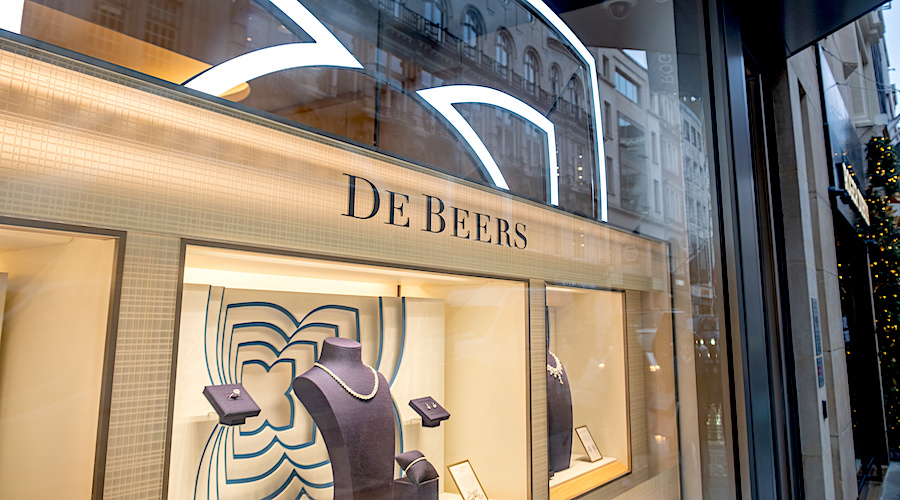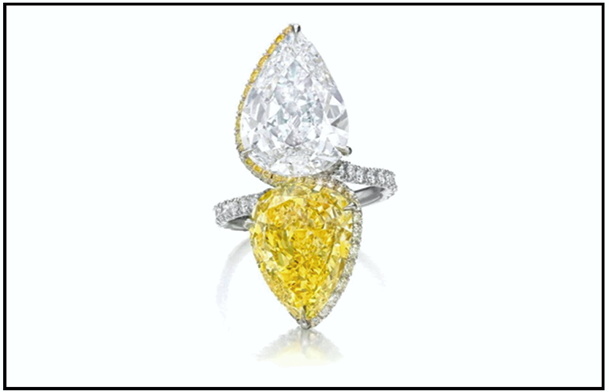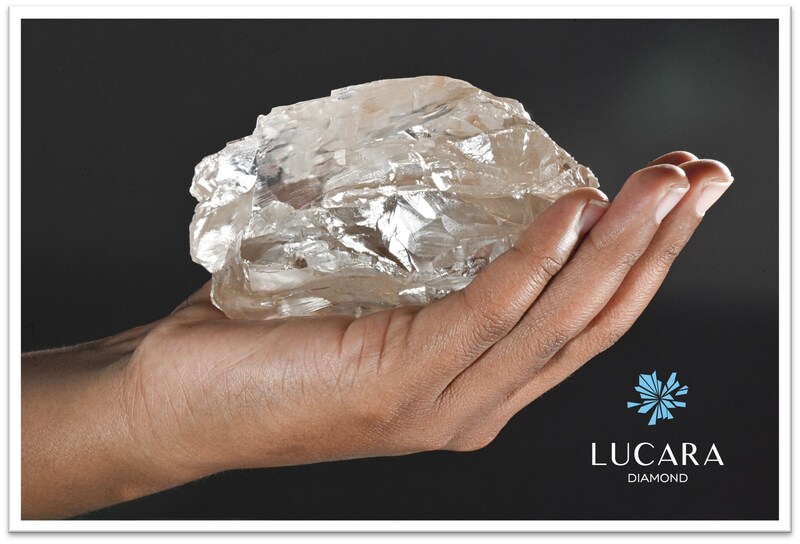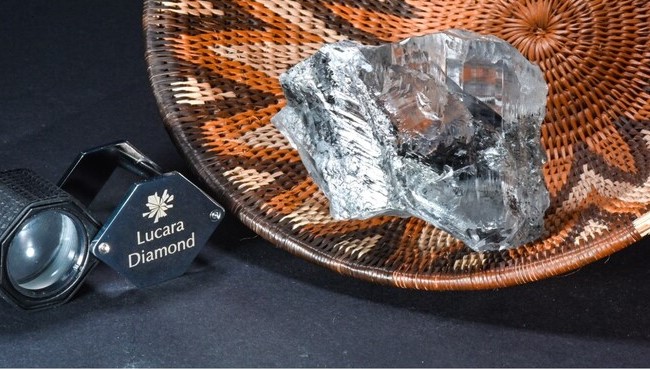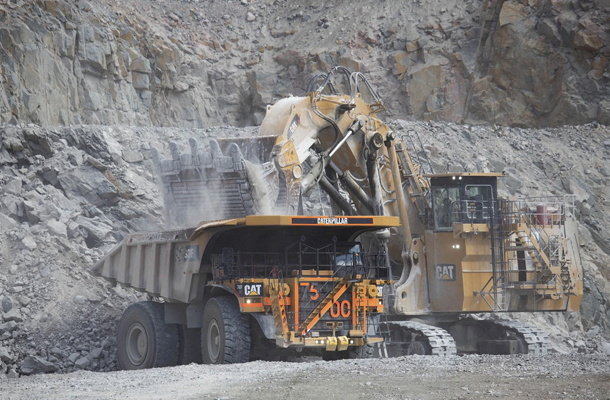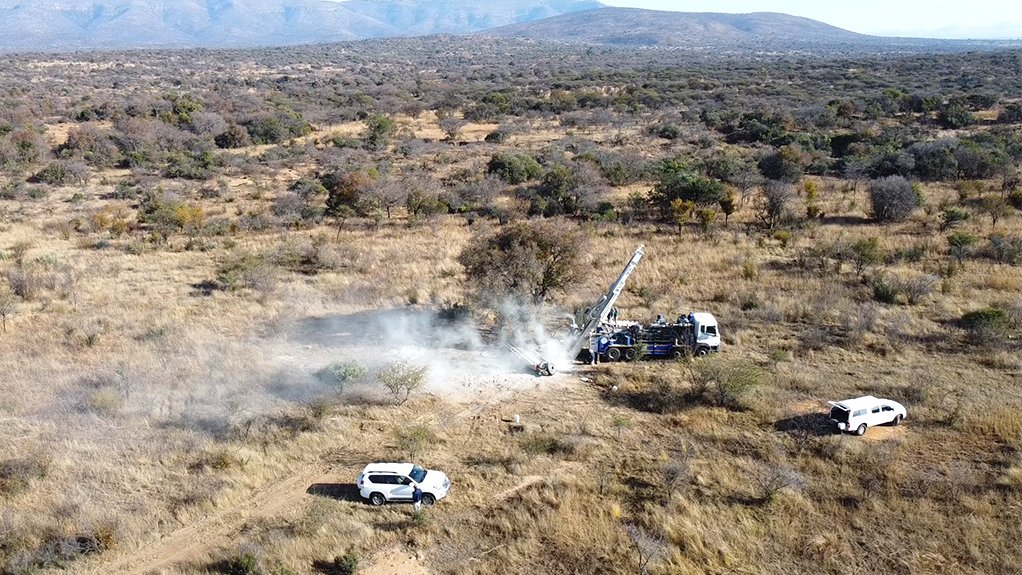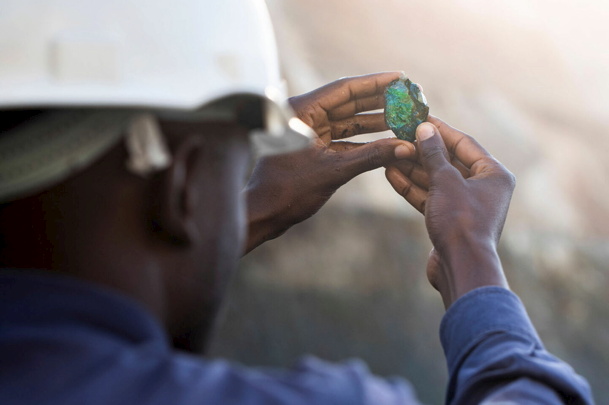
Gemfields is reeling from the shock imposition of a 15 per cent export duty on the emeralds it mines in Zambia.
The duty on precious gemstones was originally introduced at the start of 2019, but was suspended a year later after protests. It was re-introduced, without warning, on 1 January 2025.
The re-introduction is a further blow for Gemfields, which announced last month that it would have to halt operations at the Kagem mine for up to six months as part of a package of cost-cutting measures.
In a statement the UK-based miner said there had been no notice or prior consultation about re-introducing the duty, and said it was calling on the Zambian government to reverse its position.
“This 15 per cent export duty now applies on top of the existing 6 per cent mineral royalty tax and meaning that Kagem faces an effective tax on revenues of 21 per cent (in addition to corporation tax of 30 per cent),” it said.
Brazil and Colombia, also major emerald producers, impose lesser tax burdens, it noted.
“Brazil’s aggregate tax on revenues is 2 per cent (in the form of mineral royalty) and Colombia’s aggregate tax on revenues is 2.5 per cent (being a 1.5 per cent mineral royalty and a 1 per cent national emerald fund contribution) in addition to corporation taxes of 34 per cent and 33 per cent respectively.”
Source: Idex

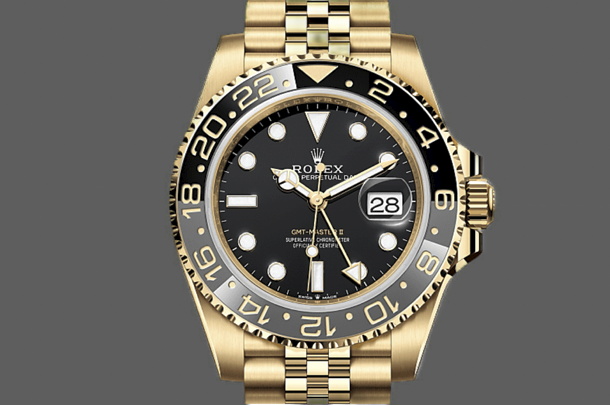
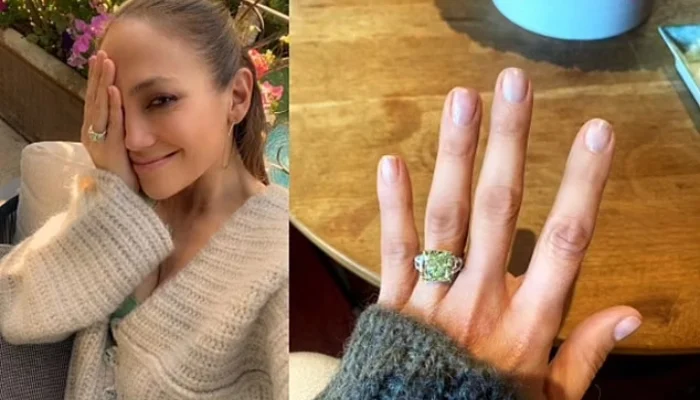
_updates.jpg)


